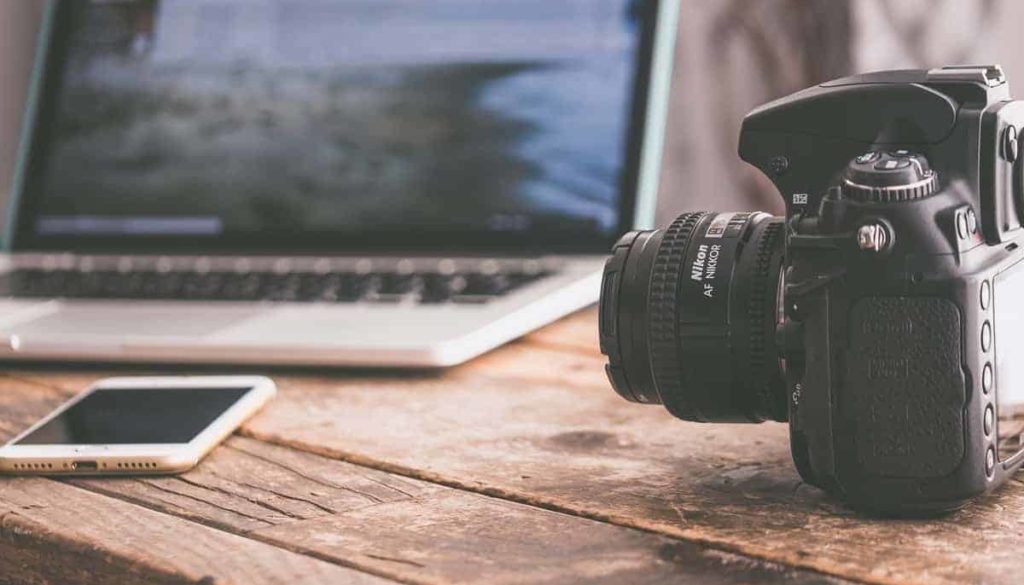What is digital photography? Simply put, it is a form of photography where a photograph is produced using arrays of electronic photodetectors, rather than photographic film. This method of producing photos is much faster and cheaper. It also allows for greater versatility, and it is far less cumbersome than film photography. Let’s explore what makes digital photography so appealing to photographers. Ultimately, the advantages are many, and we’ll cover all the pros and cons in this article.
It’s cheaper
Film is expensive, and while digital cameras are cheaper than film, the costs associated with film are also high. There are many expenses involved in processing and printing film. While the costs aren’t all that expensive, the balance is clearly in favor of digital photography. In addition, a top-quality film camera can cost several hundred dollars, while a comparable digital camera may cost three thousand. But even if you do consider the long-term costs of digital photography, the bottom line is clear: it’s much cheaper in the long run.
Compared to film, digital cameras are easy to process and save money. Because you don’t need to pay for developing film, you can reuse your camera and photos. Moreover, SD/CF cards allow you to shoot thousands of photos. In contrast, a single roll of film can only take 36 shots. This means that to take 300 pictures with film, you’d need nine to eleven rolls. This means that you’ll spend far less on processing, printing, and printing a single digital photo.
It’s faster
Compared to traditional photo-taking, digital photography is faster and easier to use. One can publish an image on the Internet in less than ten minutes, whereas film photography takes several days to process. This is because the photographer must complete a roll of film and wait until the images have developed. However, digital photography does come with a few drawbacks. Below are three of the biggest drawbacks of traditional photo-taking.
It’s more versatile
Film and digital photography both have their advantages and disadvantages. Film can only store a few dozen photos, while digital can store thousands of high-quality photos. Digital can be processed in unconventional ways, such as enhancing details and adding a touch of haze. Films can also be printed into photo books. And, as film and digital photography are both less expensive, they’re also easier to transport and store. However, if you’re looking for the most cost-effective way to store your images, digital may be the better choice.
With digital photography, you can edit your images more easily. Unlike film photography, which requires the development process, you can display your photographs in many different ways, including on a large screen television. For added convenience, you can also display your photographs with digital photo frames and a large-screen television. Moreover, you can also share your digital pictures instantly. So, digital photography is more versatile than film. Just be sure to consider all the benefits of digital photography before you decide on a camera!
It’s easier
With digital cameras, you can edit your photos more easily. There are many more options available after you take the photo, whereas with analog cameras, you have to accept the final results, and then you can only change the settings once you’ve taken them. Digital cameras allow you to change the size of the image before you take it. Digital photography also saves you time. Most cameras have built-in editing features, but you can customize your settings by hand.

